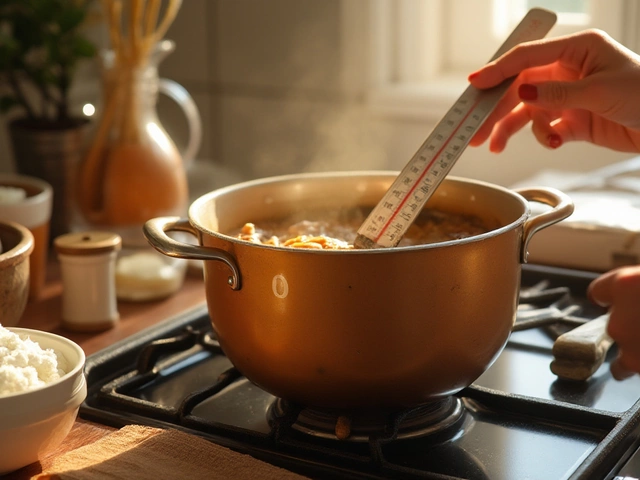Fudge Recipe Hub: Easy Steps, Temperature Tips & Common Fixes
If you’ve ever bit into a silky piece of fudge and wanted to recreate that magic at home, you’re in the right spot. This guide pulls together the basics, the temperature secrets, and the quick fixes that keep your fudge from turning into a rock.
Step‑by‑Step Fudge Basics
Start with equal parts sugar, butter, and milk (for example, 2 cups each). Add a half‑cup of chocolate or cocoa, a splash of vanilla, and a pinch of salt. Heat everything in a heavy‑bottomed pot over medium heat, stirring until the sugar fully dissolves.
Once the mix is smooth, raise the heat and bring it to a gentle boil. This is where the magic happens – you’ll hear a faint fizz as the water evaporates. Keep an eye on it; you don’t want it to scorch.
When the mixture hits the soft‑ball stage (around 235‑240°F / 112‑115°C), remove the pot from the heat. Beat the fudge vigorously for a couple of minutes, then stir in any extra flavors like nuts or dried fruit. Pour into a greased pan, let it set, and cut into squares.
Fixing Common Fudge Problems
Too hard? You probably boiled it past the soft‑ball stage. Next time, pull it off the heat a few degrees earlier and stir a bit longer to encourage crystallization.
Grainy texture? That means the sugar crystals grew too big. Lower the temperature, stir constantly, and avoid over‑stirring once the mixture cools.
If you’re at high altitude, add an extra tablespoon of water per cup of liquid and increase the target temperature by 5‑10°F. This compensates for lower boiling points and keeps the fudge from becoming too soft.
Forgot to add butter? The fudge will be overly sweet and lack that glossy finish. Melt a bit of extra butter and whisk it in before the final beat.
Got a batch that’s too soft after cooling? Toss it back into a pot, heat it gently to the soft‑ball stage again, and let it set in a cooler spot. A quick chill in the fridge can also firm it up faster.
Store your fudge in an airtight container at room temperature for up to two weeks. For longer life, freeze it in a zip‑top bag; just let it thaw in the fridge before serving.
Feel free to experiment with flavors – espresso, peanut butter, or even a splash of bourbon can turn a classic fudge into a show‑stopper. The only rule is to add extras after you’ve removed the pot from the heat so they don’t melt the sugar again.
Now you’ve got the core steps, temperature know‑how, and fixes for the most common mishaps. Dive into our other posts for deeper temperature guides, altitude tricks, and flavor ideas. Happy fudging!"
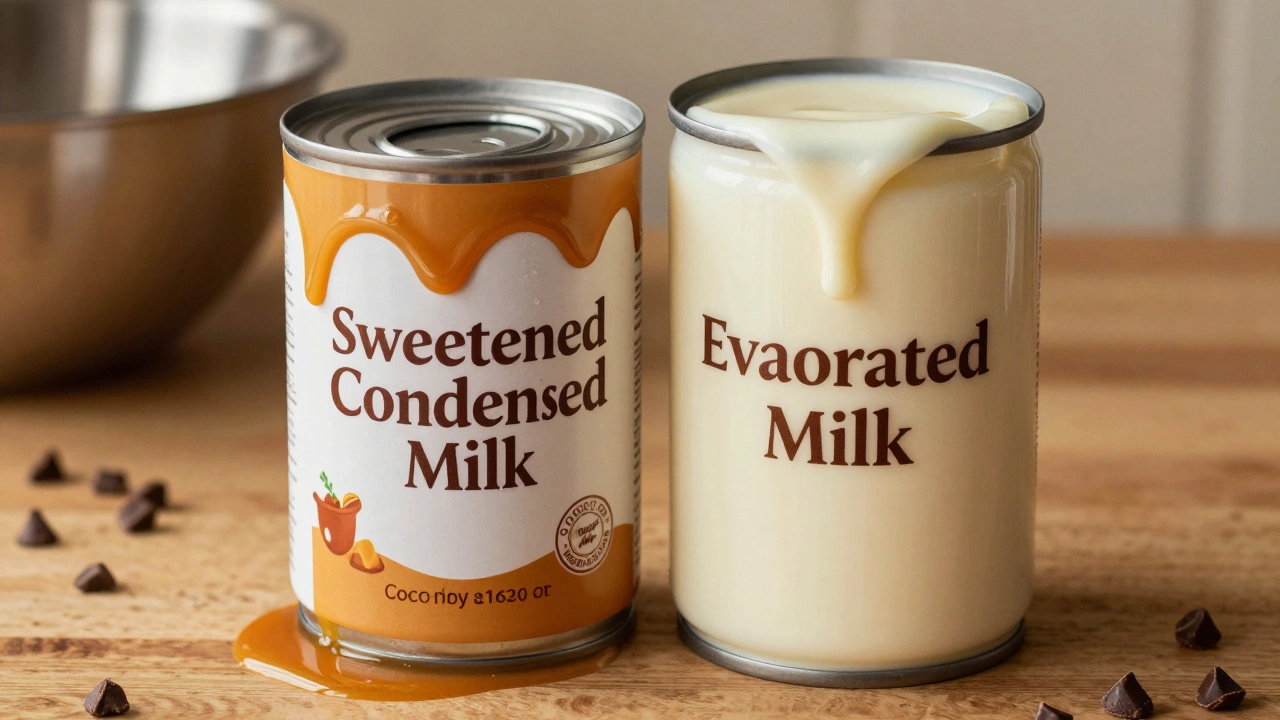
Condensed Milk vs Evaporated Milk for Fudge: Which One Really Works?
Condensed milk makes fudge smooth and easy. Evaporated milk won't set properly unless the recipe is designed for it. For perfect fudge every time, use sweetened condensed milk.
View More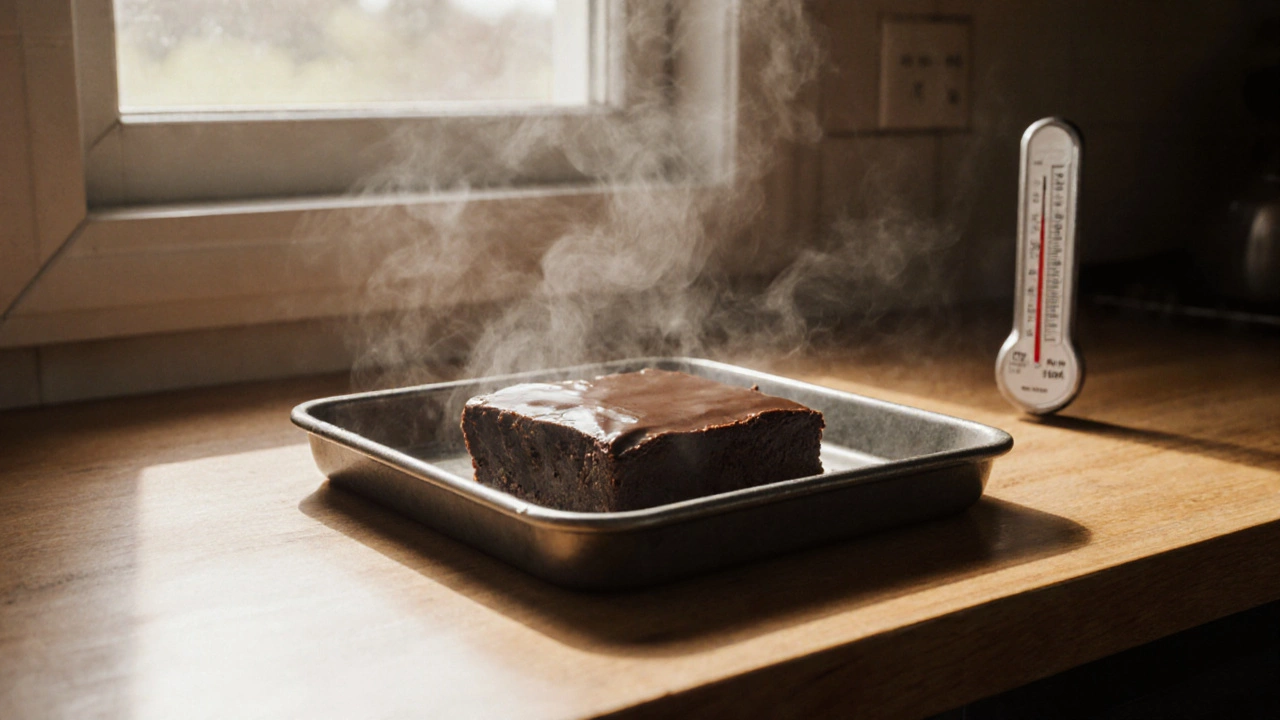
How Long Does It Take for Fudge to Fully Harden?
Fudge takes 4 to 6 hours to harden at room temperature. Learn why timing, temperature, and patience matter for creamy, cuttable fudge every time.
View More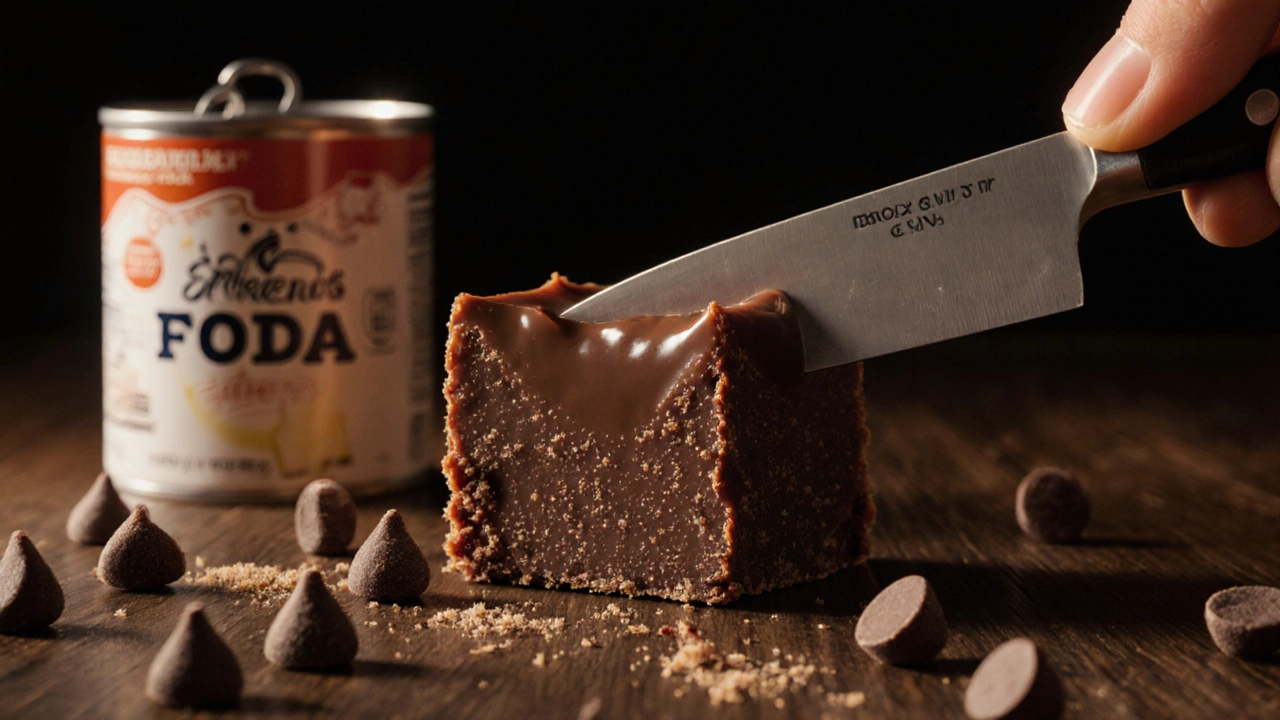
Why Use Evaporated Milk in Fudge? The Science Behind the Creaminess
Evaporated milk is the secret to smooth, non-grainy fudge. It reduces water content for better sugar crystallization, gives rich texture without added sugar, and outperforms regular milk or condensed milk in classic recipes.
View More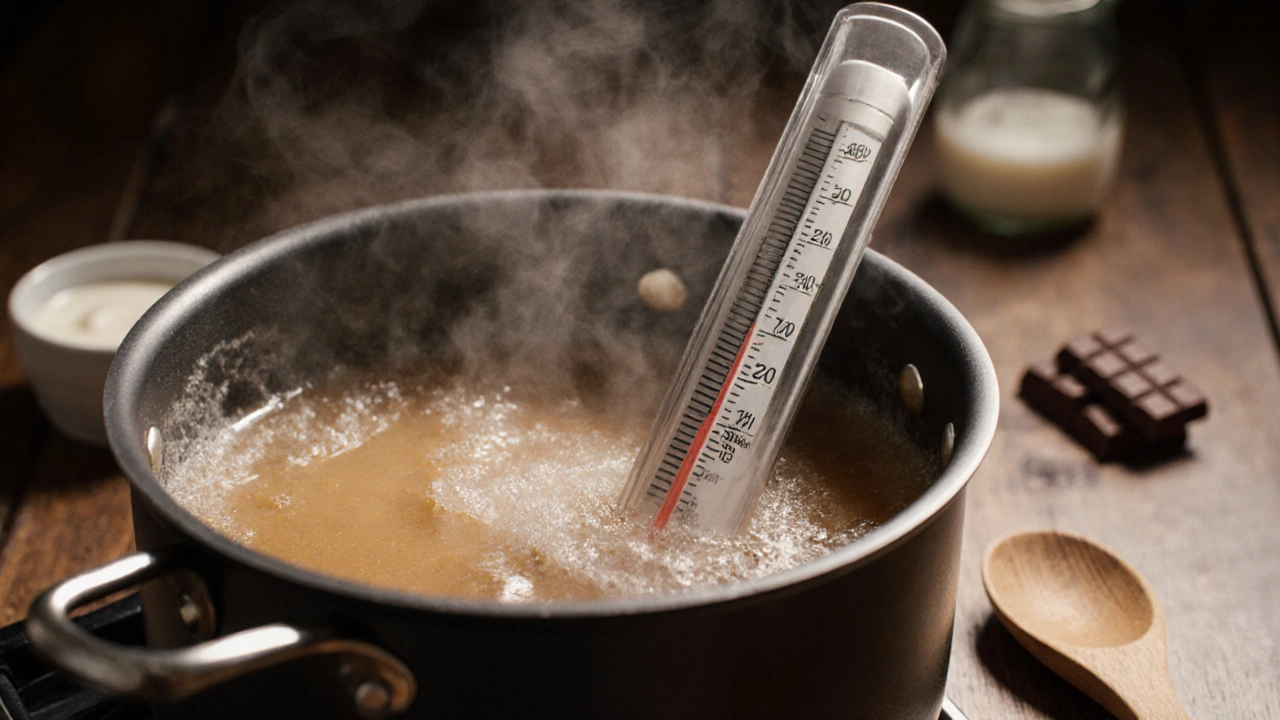
How Often Should I Stir Fudge? The Right Way to Stir Fudge for Perfect Texture
Learn the exact moment to stir fudge for smooth, creamy results-no more grainy batches. Discover why timing matters more than frequency in fudge-making.
View More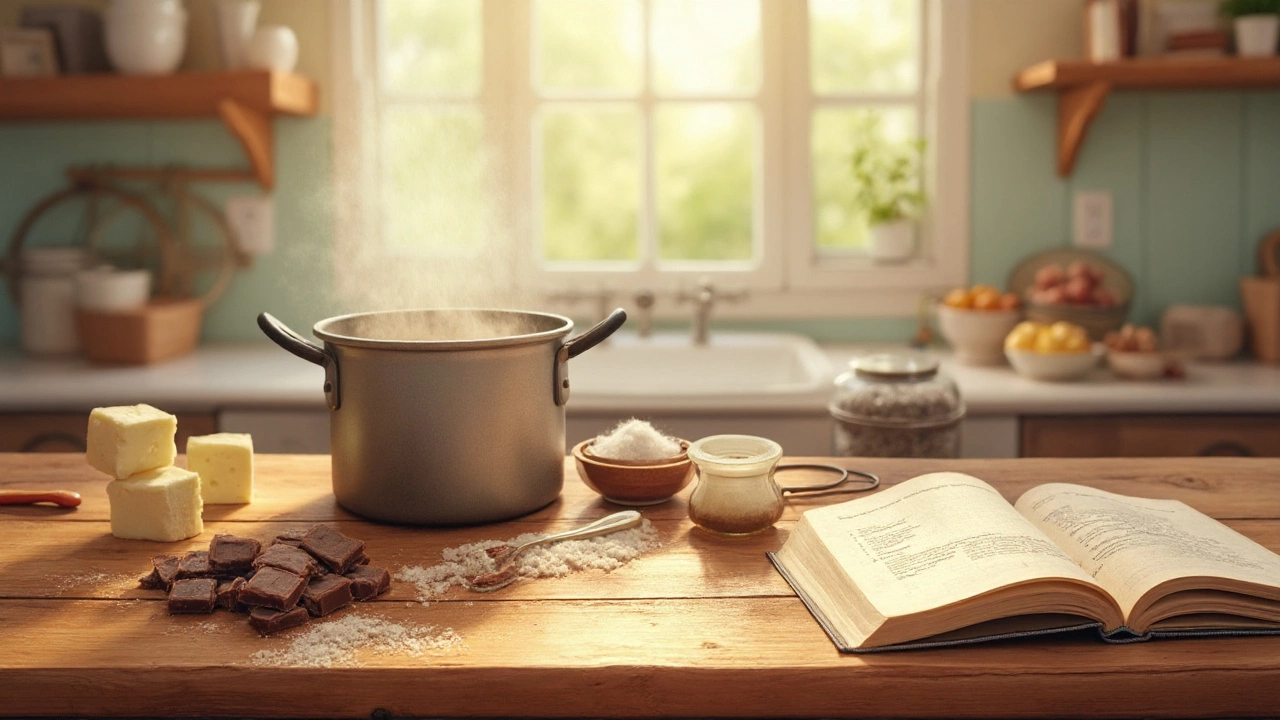
The Real Secret to Perfect, Creamy Fudge—And How You Can Nail It Every Time
Unlock the secrets to smooth, creamy fudge. Learn about the science, common mistakes, and pro tips to get your fudge just right every time without frustration.
View More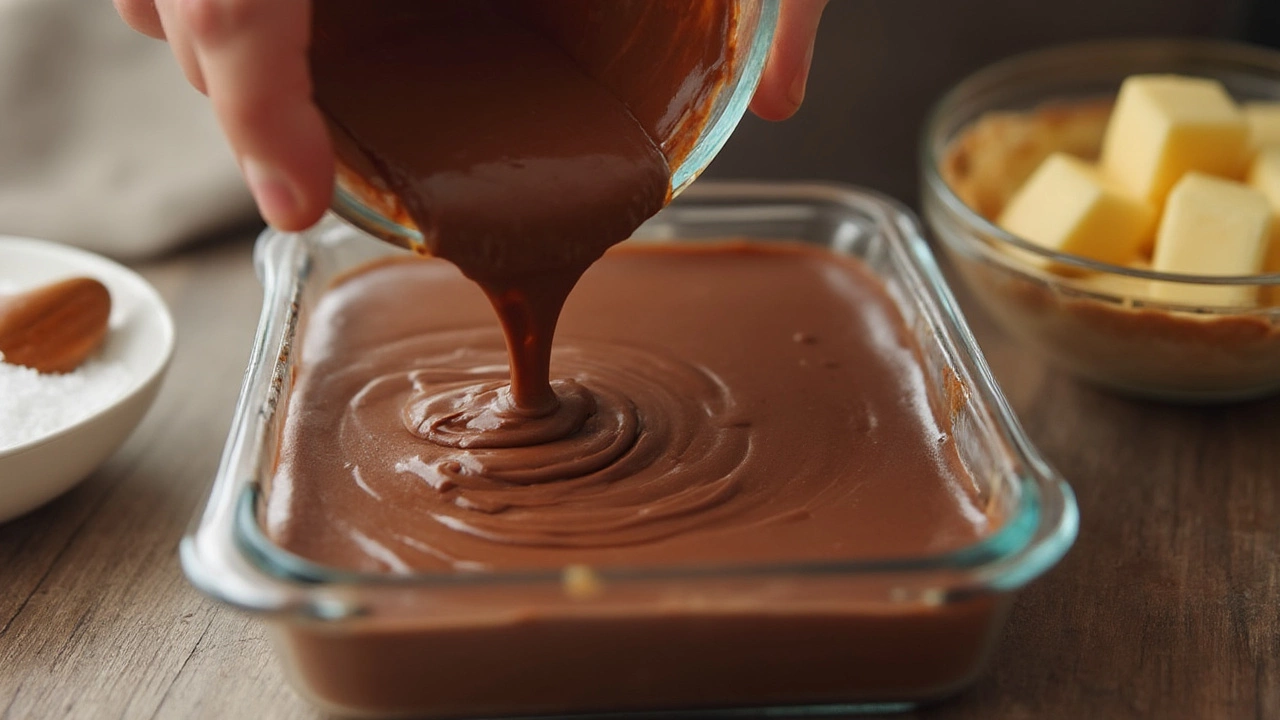
How to Make Fudge That’s Smooth and Not Grainy: Fudge-Making Secrets Revealed
Tired of grainy fudge? Discover the true secret to smooth, creamy fudge every time, with science-backed tips, practical steps, and expert tricks for flawless results.
View More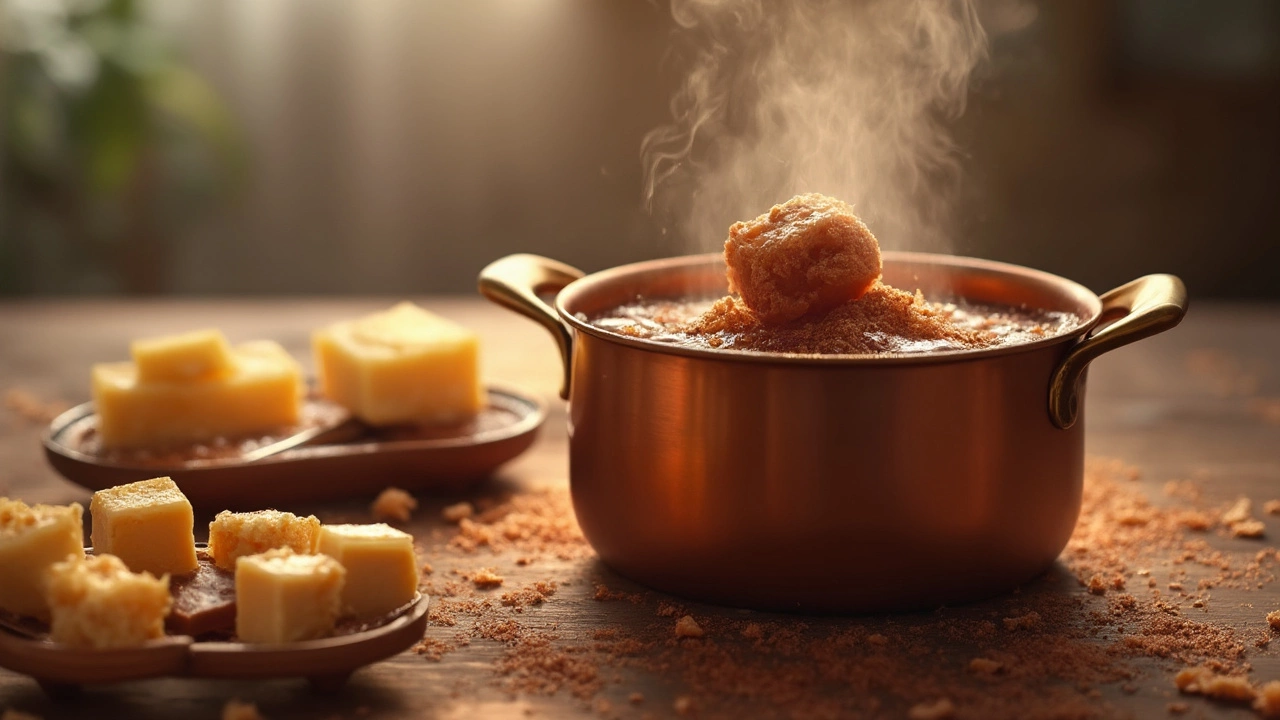
Why Does Fudge Taste Like Fudge? The Secret Science Behind Creamy Perfection
Discover what truly gives fudge its unique flavor and texture. Explore the science, essential steps, and tips for lush, creamy fudge every time.
View More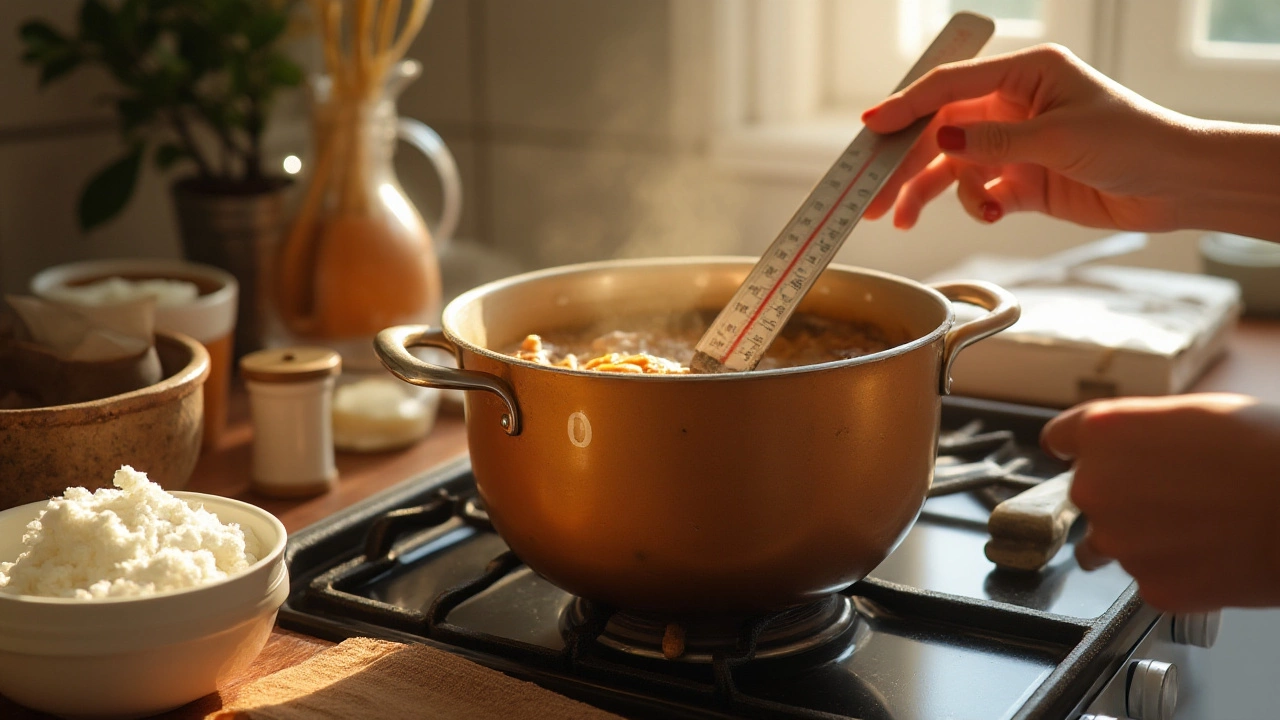
Rescue Your Fudge: Transform Toffee-Like Fudge Without Condensed Milk
When your fudge turns out too much like toffee, fear not—with a few tricks, you can bring it back on track without using condensed milk. Understanding the science of sugar and the importance of precise cooking temperatures can aid in the rescue mission. Adjusting ingredients like butter, cream, or milk can help restore the desired creamy texture. The article guides you through the steps to successfully transform your toffee-like fudge into a delectable treat, offering practical tips and insights.
View More
Mastering Fudge: Why Rainy Days Can Ruin Your Recipe
Fudge making can be tricky, especially on a rainy day. Moist air affects the sugar crystallization process causing fudge to be grainy and less smooth. Learn how humidity impacts fudge making and find tips to perfect your recipe regardless of the weather. Discover the science behind fudge-making and the best conditions for a creamy result.
View More


